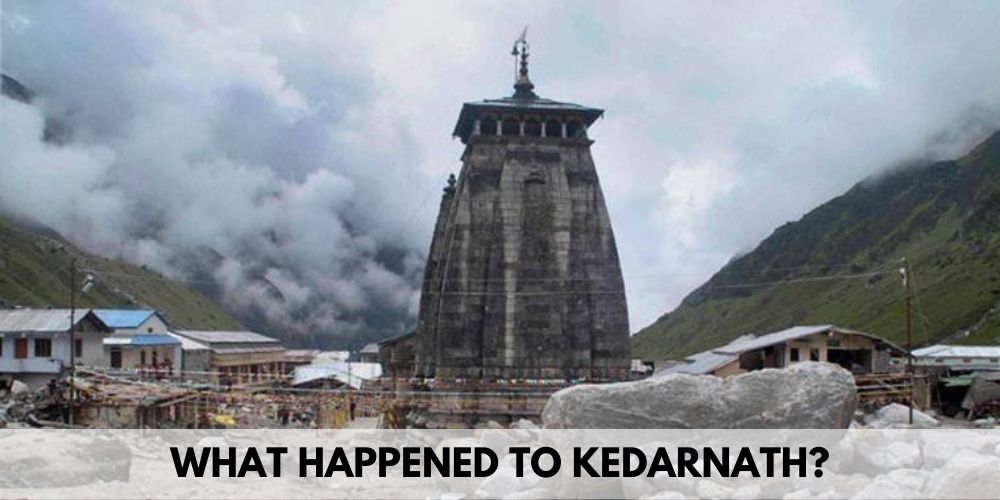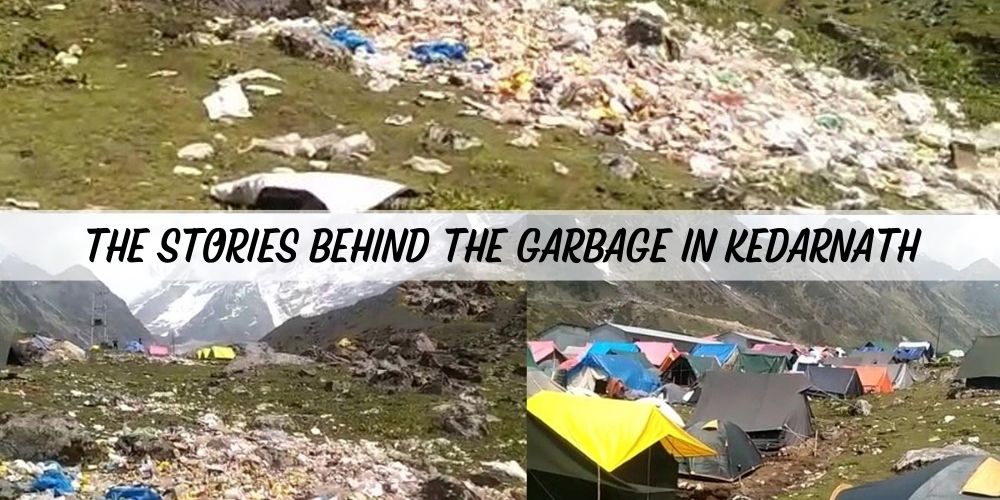
The Story Behind Kedarnath Clean-up and the Ecological Damage Caused By Tourists
Posted on 06-21-2022 04:10:10
Introduction: What Happened to Kedarnath?

Kedarnath is one of the most popular Hindu pilgrimage sites. It was devastated by a flood on June 17th, 2013, which caused a landslide.
The Kedarnath temple is dedicated to Lord Shiva and it is one of the holiest Hindu shrines. The temple was built in the 8th century by Adi Shankaracharya, who believed that it would be a place of refuge for Hindus during times of disaster.
Why a Quick Clean-up Isn’t The Solution
The article is about the ecological damage that has been done to the environment due to human activity. The article talks about how we need to focus on cleaner energy resources and not just a quick clean-up operation.
A quick clean-up operation might seem like a good idea at first but it will not solve anything in the long run. We need to start focusing on cleaner energy resources and stop relying on fossil fuels as much as we are now.
The Stories Behind the Garbage in Kedarnath

The Kedarnath valley is a very important pilgrimage site for Hindus. The region is also popular for its natural beauty and attracts tourists from all over the world. One of the most striking features of this place is that it has been untouched by human civilization. This means that there are no buildings, roads, or any other such constructions in this area. However, this also means that there are no proper waste management systems in place to handle the waste generated by these tourists and locals.
In recent years, the garbage problem in Kedarnath has become so severe that it is posing a serious threat to the environment and ecology of the region. Tourists have been dumping their trash on the banks of rivers and streams which eventually makes its way into these water bodies polluting them with plastic bags.
Our Best Chance for a Sustainable Future is Ecological Awareness and Action
Ecological awareness is one of the most important topics of our time. The world needs to be more aware of the need for sustainability in order to survive.
The first step in building a sustainable future is to increase awareness and understanding of the environment, its natural resources, and how they are all interconnected.
Solutions for Everyday Ecological Consciousness
There are many solutions for everyday ecological consciousness.
The first solution is to buy eco-friendly products. There are many companies that sell eco-friendly products and they have a wide range of options to choose from.
The second solution is to make sure that you recycle your items. Recycling reduces the amount of waste in landfills and prevents pollution caused by the manufacturing process.
The third solution is to reduce your carbon footprint by using public transportation or walking more often than driving a car, and also by making sure that you use less energy at home with smart devices like power strips and programmable thermostats.